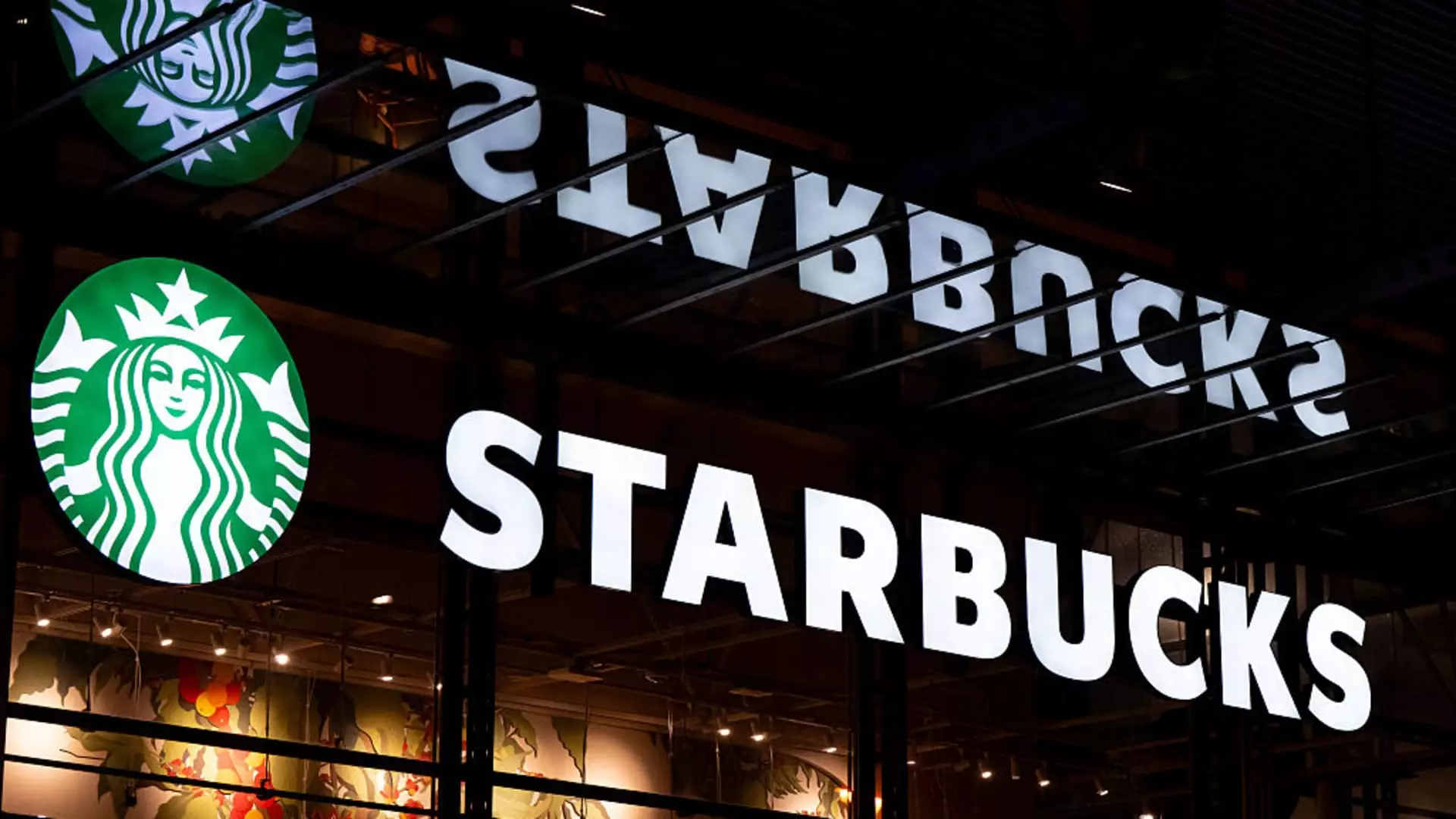In today’s financial landscape, market movements are often driven by perception rather than substance, exposing the fragile confidence investors place in seemingly solid companies. So-called winners like PepsiCo and Taiwan Semiconductor Manufacturing are hailed as successes yet mask underlying vulnerabilities and overestimated sustainability. While these corporations beat expectations, they do so within a framework of optimism that isn’t always justified—highlighting a dangerous trend: investor overconfidence rooted in short-term results rather than long-term stability. The recent upside in American and Asian tech and consumer staples does little to dispel the broader notion that markets remain precariously fragile, and that many investors’ faith leans more on hope than on a sober assessment of risk.
How Short-term Gains Foster Careless Expectations
PepsiCo’s remarkable 3% rise after a second-quarter beat exemplifies the tendency for markets to overly reward incremental improvements. The company reported $2.12 earnings per share on revenues of $22.73 billion, surpassing estimates—yet such performance, while commendable, is more reflective of tactical marketing and cost management than a transformative shift. When investors pin their hopes on beating expectations, they often ignore the mounting structural risks that could diminish these gains over time. Similarly, Taiwan Semiconductor’s record-breaking profit surge masked the reality that semiconductor cycles are inherently volatile; even a 61% increase does little to alleviate concerns about supply chain disruptions and geopolitical tensions. These short-term outperformance signals should not lull investors into complacency, especially when future risks aren’t adequately priced in.
The Danger of Overreliance on Earnings Surprises
Companies like GE Aerospace and U.S. Bancorp reveal a darker side of market optimism—companies beating expectations in the short term but facing structural headwinds. GE’s 1% rise on better-than-expected earnings seems like a sign of resilience; however, the aerospace industry is vulnerable to external shocks like economic downturns or wartime tensions that can rapidly erode gains. Meanwhile, U.S. Bancorp’s 4% decline after revenues fell slightly short underscores how fleeting positive momentum can be if fundamental metrics falter, especially amid a rising interest rate environment aimed at cooling inflation. Relying on reported earnings, rather than anticipating the underlying economic forces, risks creating a false sense of security among investors who fail to recognize the cyclical nature of such sectors.
The Risks of Market Hype and Downward Corrections
Not all stocks are immune to correction; some are just temporarily buoyed by narratives that might not withstand scrutiny. Cars.com’s 6% jump, driven by analysts’ upgrades, demonstrates how hype around growth prospects can inflate stocks beyond their intrinsic value—especially when factors like tariffs are overstated or misinterpreted. Conversely, stocks like Abbott Laboratories and MP Materials show how misaligned expectations can lead to sharp declines once reality sets in, such as lowered guidance or failed public offerings. These oscillations reveal the danger of overreliance on sentiment and the perilous conviction that recent performance guarantees ongoing success. An investor who fails to maintain healthy skepticism risks significant losses when the market’s optimism turns to skepticism.
Strategic Missteps and the Fallacy of Market Predictions
High-profile layoffs at Sarepta and cautious guidance from Abbott highlight another truth: corporate restructuring and conservative outlooks are often misunderstood or prematurely dismissed. Sarepta’s 29% climb following layoffs is a perfect example of market misjudgment—investors overreacting to short-term cost-cutting rather than examining the company’s underlying drug pipeline. Simultaneously, the stock market’s fixation on quarterly results obscures the longer-term implications of strategic shifts and macroeconomic trends. Investors must resist the siren call of immediate gains and instead scrutinize the sustainability of corporate strategies amid evolving regulatory, geopolitical, and technological landscapes. The real test of a company’s resilience lies beyond their quarterly earnings, yet in today’s climate, short-term wins tend to overshadow this nuance.
Having critically analyzed recent market movements, it’s evident that the investment environment is characterized by a dangerous mixture of overconfidence, fleeting optimism, and a failure to account for structural risks. Too many investors cling to the illusion that current performance guarantees future stability, when in reality, markets are more susceptible to shocks than they appear. As we look at these recent trends, the imperative is clear: a cautious, skeptical approach rooted in fundamental analysis is more vital than ever. Overconfidence, particularly in an era of geopolitical uncertainty, aggressive monetary policy, and technological disruptions, can prove to be the most costly mistake of all.

